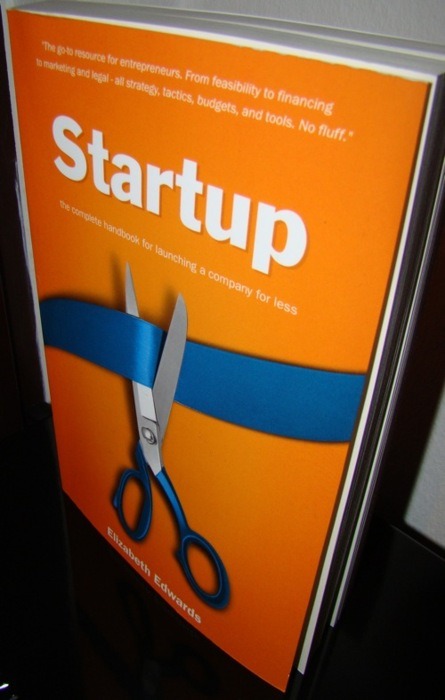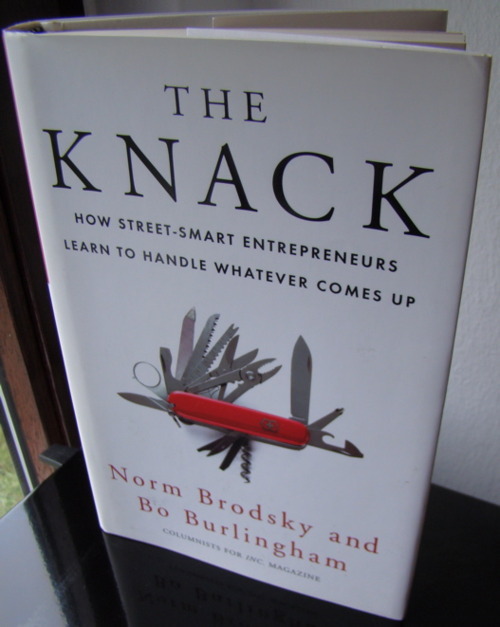- Four Attributes of great metrics:
- Uncomplex – people have to understand the metric
- Relevant – every business is unique
- Timely – A fast approximately result is better than a perfect result that takes ages
- Instantly useful
Six Web Metrics / Key Performance Indicators To Die For
- Conversion Rate: focuses on outcomes, force objectives
- Average Order Value: helps you to qualify traffic / campaigns, always see AOV in context
- Days & Visits To Purchase: help you measure success correctly, segment
- Visitor Loyalty & Recency: engaging experience and marketing campagin effectivness
- Task Completion Rate: use VOC
- Share of Search: e.g. use Compete, google, hitwise
Brand Measurement: Analytics & Metrics for Branding Campaigns
- Why are you doing the branding campaign?
- Measurement Recommendations:
- Attract new customers
- Share your business value proposition: Visitor Loyalty & Recency
- Increase your sales
- To drive offline action: measure likelihood to recommend and to make an offline purchase, track phone calls
- Introduce your business: measure micro and macro conversions
- To snatch up market share of your competitors: Share of search
- To position yourself: primary market research, google insights, orbitz
Best Social Media Metrics: Conversation, Amplification, Applause, Economic Value
- Conversation Rate: #Comments/Replies per Post
- Amplification Rate: #Retweets/Shares per Tweet/Post
- Applause Rate: #Favorites/Likes/+1 per Post
- Economic Value


